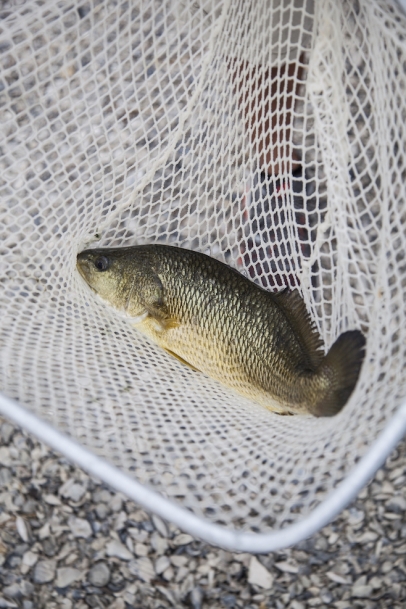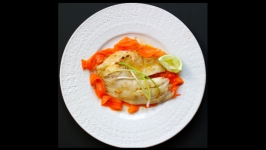Mote Marine Makes New Waves with Red Drum Aquaculture Project
Choose an idiom: Made a big splash, cast a wide net, big fish in a small pond, made waves. When it comes to the impact Mote Marine has made on Sarasota, the list is long and the puns are plenty. This laboratory and aquarium has had a significant influence on our fair city and on seas that stretch far beyond our shores with scientists, explorers, and stewards of the ocean dedicating themselves toward creating a better environment through finding ecological answers in the ocean.
Mote’s two main pillars, conservation and sustainability, have been the core of its efforts since 1955 and continue to propel it toward seeking solutions based on biodiversity, healthy habitats, and natural resources. Studies of cancer using marine models, effects of toxins on the environment, health of wild fisheries, developing sustainable food production technologies, development of ocean technology, understanding the population dynamics of aquatic species, and conservation and restoration efforts of marine ecosystems are just some of the projects this impressive institution is working on. Thus, commending Mote for its endeavors is like shooting fish in a barrel.
Did you know that, currently, 91 percent of seafood sold in United States is from some other parts of the world? Even some of our own local species aren’t sold commercially in the US, instead they have been farmed in other countries and sold back to us. Completely ridiculous, right? Take our own local red drum (redfish) for example. Any local backyard fisher knows this delightfully hearty, white-filleted fish has been roaming our waters since long before we were. However, you can’t buy our locally abundant version anywhere as it’s a restricted species. But you can get it from Vietnam, a region where red drum doesn’t even exist without human help.
Which is why one project in particular, led by Dr. Kevan Main, senior scientist & program manager for Mote’s Marine & Freshwater Aquaculture Research Program, has us hooked.
Main has a 30-year background in aquaculture research. Her current project is directed toward advancing the science on how to grow marine fish, including red drum, and to help get that technology into hands of potential regional aqua-farmers to see the industry develop.
“Red drum is a perfect fish for aquaculture as they adapt well to cultured environments. Our Mote breeders know how to spawn them, we know the steps of production, what they eat, what density of fish per unit area, and so on,” she explains. “We are growing them in this integrated system, meaning we’re taking fish and another organism [in this case, plants like the über-flavorful, hyper-healthy sea purslane] and growing them together in the same water system—not the same tank, just same water system.”
Why is this important?
“Well, it’s wonderful,” she says, “because we are growing fish and feeding them and those fish are producing waste that is fertilizer that can be used in a hydroponic system to grow sea vegetables.” Hint: Symbiosis is a huge component of sustainability.
“There’s good farming and bad,” says Main. “You must provide animals with the right environment, meaning they need to be unstressed and in healthy conditions. Our goal as researchers is to identify what kind of salt, chemistry, aquarium, and other parameters create the best environment.”
Currently, Mote is raising red drum for market, between two and four pounds, and selling fish to local wholesalers who distribute it within the region. However, the next crop won’t be ready until year’s end and there’s still some work to be done before you see it on every local menu.
“There’s so much misinformation about aquaculture,” she says. “We like to spread the good news about improved methods and learning how to do it well, how to do it right.” Thus making this the best fish tale we’ve heard in a long time.







